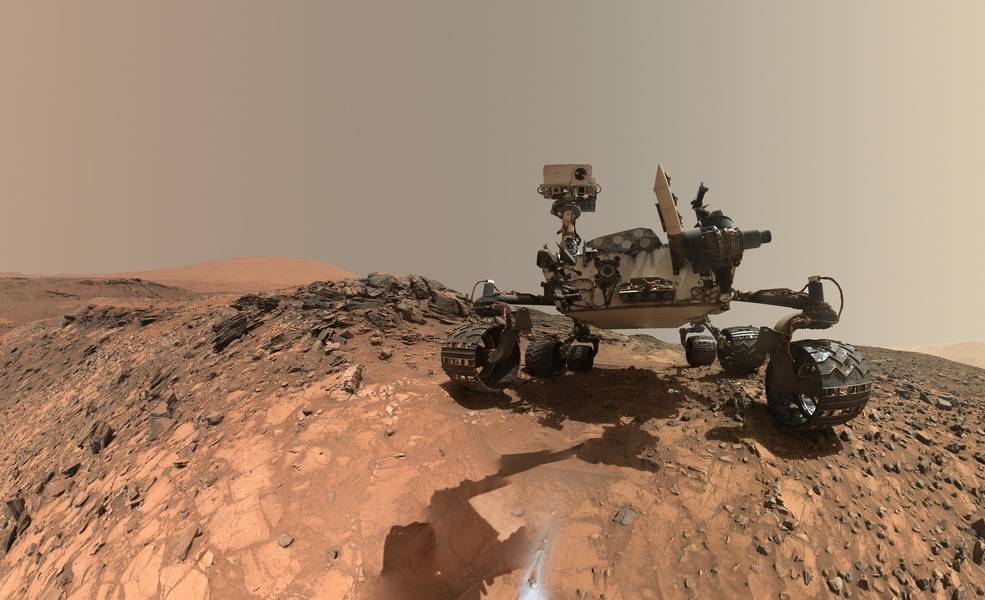
Is there or has there ever been life on Mars? We still don’t know the answer for sure, but two new findings announced this morning by NASA during a live discussion provide more tantalizing clues. The new results come from the Curiosity rover in Gale crater, and build on previous data collected by the rover. They concern two key findings – organics and methane, both of which could have significant implications for the possibility of life on Mars.
“With these new findings, Mars is telling us to stay the course and keep searching for evidence of life,” said Thomas Zurbuchen, associate administrator for the Science Mission Directorate at NASA Headquarters, in Washington. “I’m confident that our ongoing and planned missions will unlock even more breathtaking discoveries on the Red Planet.”
The findings have been published in the June 8 edition of the journal Science.
First, the organics. Organics, which are the building blocks of life, have been found before, but the new results show a greater variety than previously seen and some of those are “tough” molecules in the first five centimeters of rock which haven’t been broken down by the harsh ultraviolet radiation or other chemicals. That is a good sign that even more complex organic molecules are still waiting to be found deeper inside rocks and under the surface of the planet.
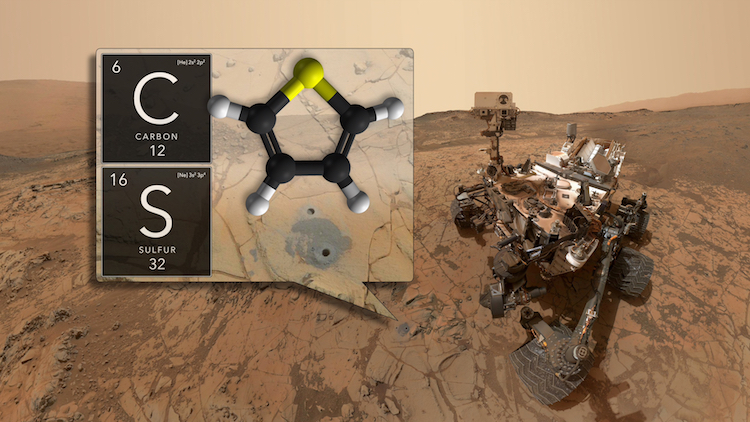
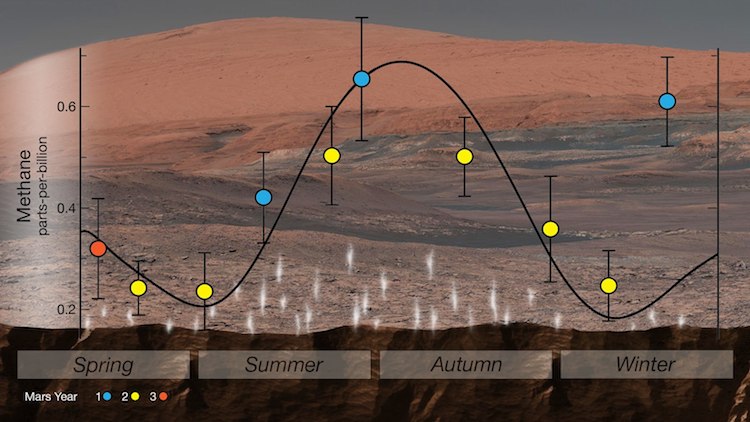
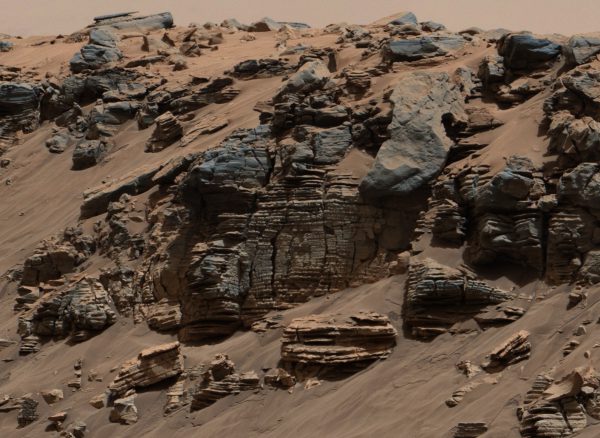
The organics have been found in sedimentary mudstone rocks which used to be at the bottom of an ancient lakebed in Gale crater. The rock samples were analyzed by the SAM instrument, which uses an oven to heat the samples (in excess of 900 degrees Fahrenheit (500 degrees Celsius) to release organic molecules from the powdered rock. Some of the molecule fragments contain sulfur, which helps to preserve them.
Curiosity found significant concentrations of organic carbon, 10 parts per million or more, similar to that found in Martian meteorites and about 100 times greater than prior detections of organic carbon on Mars’ surface. The variety of organic molecules found include thiophenes, benzene, toluene, and small carbon chains, such as propane or butene.
Organics are of course necessary for life as we know it, but it is not known yet if these molecules came from ancient life or were formed by non-biological processes.
“Curiosity has not determined the source of the organic molecules,” said Jen Eigenbrode of NASA’s Goddard Space Flight Center in Greenbelt, Maryland, lead author of one of the two new Science papers. “Whether it holds a record of ancient life, was food for life, or has existed in the absence of life, organic matter in Martian materials holds chemical clues to planetary conditions and processes.”
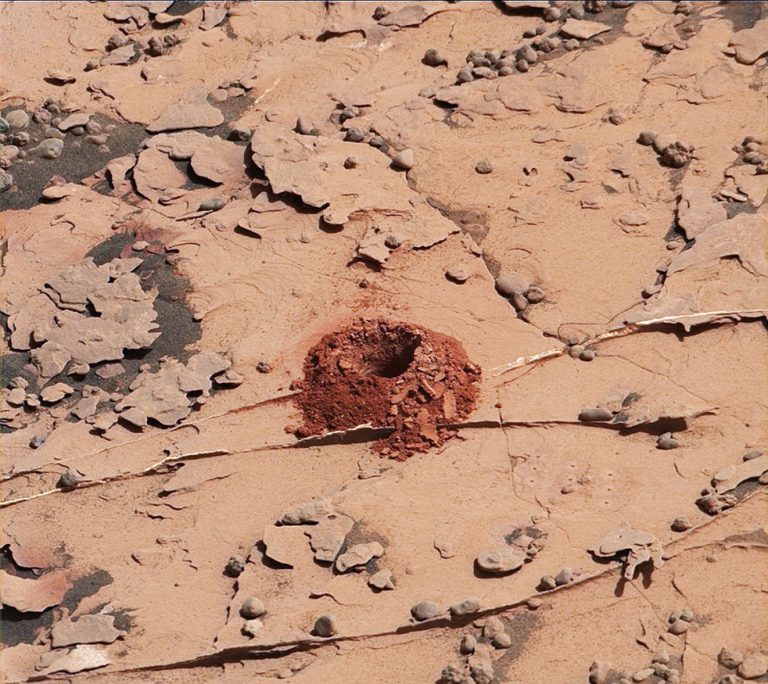
The methane is another exciting discovery, since it could indicate active biology on Mars now, likely beneath the surface. The new paper explains that Curiosity scientists have now pinned down the seasonal variations of the organic gas in the atmosphere, detected by Curiosity’s Sample Analysis at Mars (SAM) instrument suite. Curiosity has tracked the methane for nearly three Mars years (almost six Earth years).
The methane peaks during warmer summer months and then drops back down during the winter. This could be explained by either water-rock interactions, perhaps involving clathrates, or even biology, below the surface.
“This is the first time we’ve seen something repeatable in the methane story, so it offers us a handle in understanding it,” said Chris Webster of NASA’s Jet Propulsion Laboratory (JPL) in Pasadena, California, lead author of the second paper. “This is all possible because of Curiosity’s longevity. The long duration has allowed us to see the patterns in this seasonal ‘breathing.'”
As noted in the live discussion, the peak methane detections, although still small compared to Earth, were about three times greater than expected, a surprising find. This constrains the possible sources, and makes some other possibilities, such as methane molecules coming from meteorites, much less likely, according to the scientists involved. The source now seems to be underground, either geological or biological. On Earth, the vast majority of methane comes from bacteria and other life forms. Even if the source is just geology, it would mean there is still warm water beneath Mars’ cold surface, which itself would be a habitable environment.
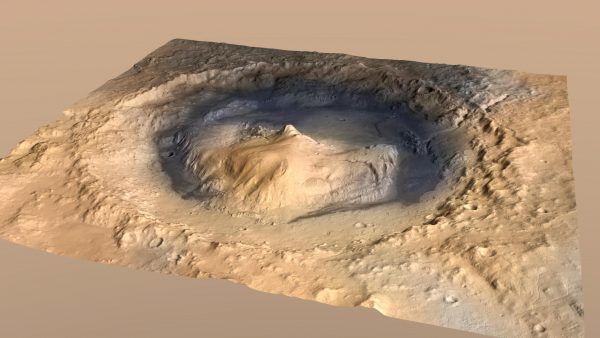
It is difficult for Curiosity to determine the specific origin of the methane due to the low amounts seen so far, but the European Trace Gas Orbiter spacecraft is also currently studying it, and is designed to analyze it in more detail.
“With these new findings, Mars is telling us to stay the course and keep searching for evidence of life,” said Thomas Zurbuchen, associate administrator for the Science Mission Directorate at NASA Headquarters, in Washington. “I’m confident that our ongoing and planned missions will unlock even more breathtaking discoveries on the Red Planet.”
As noted by Michael Meyer, lead scientist for NASA’s Mars Exploration Program, at NASA Headquarters:
“Are there signs of life on Mars? We don’t know, but these results tell us we are on the right track.”
NASA’s upcoming 2020 rover will continue the study of Martian organics, but will specifically look for evidence of ancient life itself.
More information about Curiosity is available on the mission website.
FOLLOW AmericaSpace on Facebook!
.
SaveSave





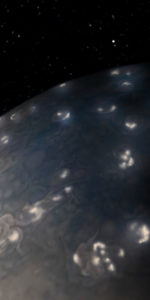
I venture to say that the real significance of these findings is that complex organics and methane are commonplace throughout the universe and therefore, so is life.We have “been the glass ceiling.”
Paul,
excellent article with ALL the necessary info.
“As noted in the live discussion, the peak methane detections, although still small compared to Earth, were about three times greater than expected, a surprising find.”
*we have broken the glass ceiling.
I won’t be surprised if microscopic life is found several inches or several feet below the surface.
I remember when Carl Sagan and Gerry Soffen started speculating on such microbial life after careful review of the data sent back by Mariner 9 and both Viking Missions.
Mars doesn’t look like a “dead planet” anymore.
I have always believed that microbial life will first be discovered. That will once and for all confirm that life (in what ever form) is common place in the Universe. We’re on our way!